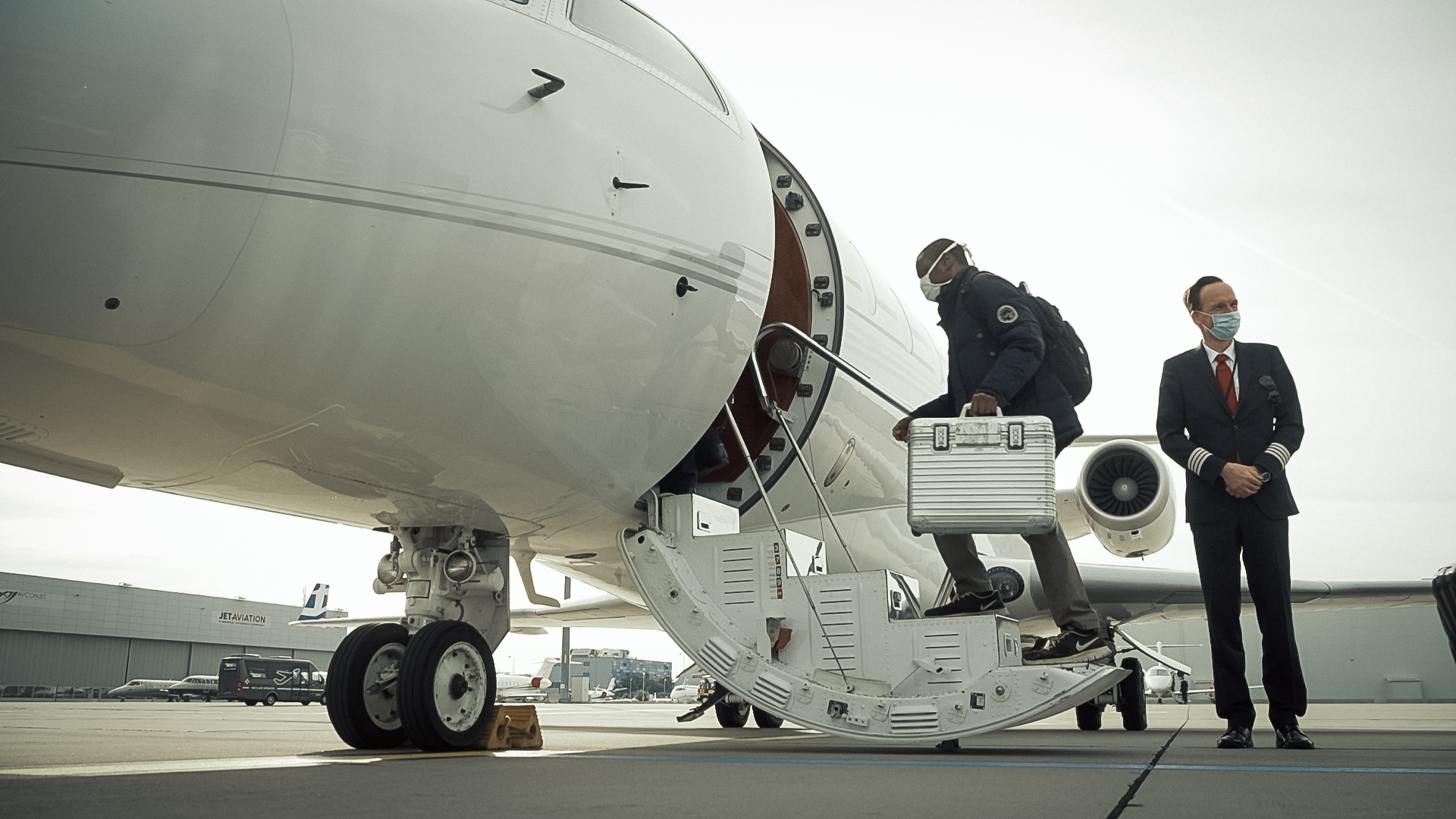The COVID-19 pandemic affected every part of the world, with impacts reaching beyond the immediate concerns of public health and health care systems. During the time of the most heightened restrictions caused by COVID-19, the IAEA completed almost the same amount of verification activities as prior to the onset of the pandemic. To carry out its mission, IAEA inspectors and technicians had to adjust to, and overcome, the following measures around the world:
? Travel restrictions: Commercial flight restrictions and cancellations meant that many countries were hard to reach, and some not reachable at all, via commercial aviation. Immigration measures, such as allowing entry only to citizens and residents, also made access to some countries challenging.
? In-country restrictions: Restrictions on the movement of people and the availability of goods and services, such as hotel accommodation, posed logistical challenges.
? Access restrictions to IAEA offices and laboratories: In line with nationally imposed lockdowns, IAEA personnel in Vienna and Seibersdorf, Austria, worked from home for various periods throughout 2020 and 2021. Similar measures were imposed on the IAEA’s safeguards regional offices in Tokyo and Toronto. These restrictions caused delays and challenges, especially for performing work that needed to be done in a secure environment.
? Access restrictions to facilities and sites: Access restrictions at nuclear facilities and other locations meant that some in-field safeguards activities were difficult to complete.
? Health and safety requirements: Staff were subject to quarantine requirements, additional personal protective equipment (PPE) and compulsory polymerase chain reaction (PCR) tests.
These measures had a significant impact on the Agency’s implementation of safeguards and on its ability to conduct in-field verification activities.

